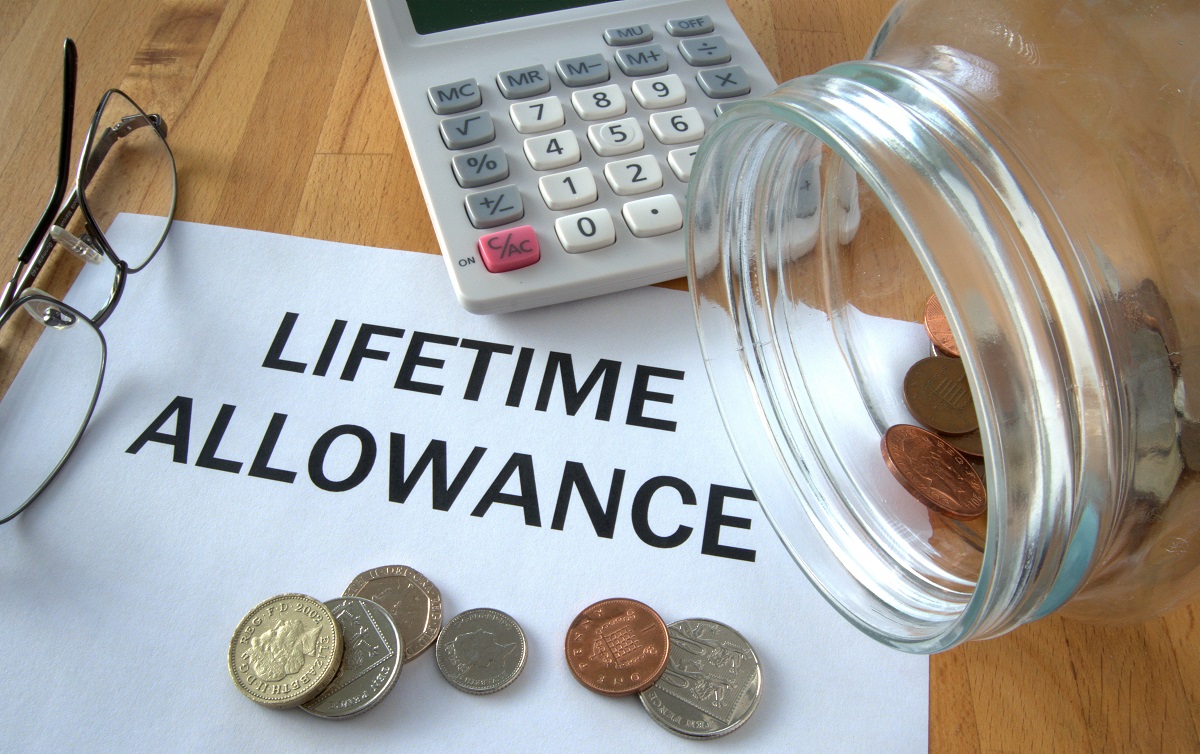The lifetime allowance is a cap on the money that can be held in a UK pension without incurring additional taxes. If you have a pension worth more than the lifetime allowance, you may have to pay a tax on the excess amount when you start taking your pension benefits.
A common misconception is you’ll be charged a lifetime allowance tax as soon as your pension exceeds the allowance. The tax charge is only due when pension benefits are drawn.
Let’s take a closer look at the lifetime allowance and its key features.
The lifetime allowance was introduced in 2006 to ensure that the amount of tax
relief on pensions was not overly generous. It limits the amount of money that can be held in a pension without incurring additional taxes. The allowance is currently set at £1,073,100, and this has been frozen until the2025/26 tax year. The freezing of the lifetime allowance means more people will be affected. Freezing tax allowances in the UK is known as a ‘stealth tax’.
If you have a pension worth more than the lifetime allowance, you may have to pay a tax on the excess amount when you start taking your pension benefits. This tax is known as the lifetime allowance charge and is calculated as a percentage of the excess amount. The charge is 55% if you take the excess as a lump sum or 25% if you take it as a pension income.
1. Who is affected by the lifetime allowance?
The lifetime allowance applies to everyone with a pension, whether a defined benefit pension or a defined contribution pension. If you have more than one pension, the lifetime allowance applies to the total value of all your pensions. The lifetime allowance calculation for defined benefit pensions is more complex.
2. How is the lifetime allowance calculated?
The lifetime allowance is calculated based on the value of your pension when you start taking your pension benefits. The value of your pension is determined by several factors, including your age, the type of pension you have, and the amount of money you have contributed to your pension. For defined contribution pensions, the value is straightforward. The value of a defined benefit pension for lifetime allowance purposes is usually the expected annual pension multiplied by 20. Any additional tax-free cash needs to be added too.
3. Can the lifetime allowance be increased?
Yes, the lifetime allowance can be increased if you have certain types of pension protection. These include enhanced protection, fixed protection 2016, and individual protection 2016. These protections allow you to keep the lifetime allowance higher even if it is reduced in future tax years. Specific criteria must be met initially and ongoing to obtain these protections through HMRC.
4. What happens if I exceed the lifetime allowance?
If you exceed the lifetime allowance, you will have to pay a tax on the excess amount when you start taking your pension benefits. With the popularity of flexible drawdown, careful planning can be used to reduce the tax charge. The tax is calculated as a percentage of the excess amount and is either 55% if you take the excess as a lump sum or 25% if you take it as a pension income.
5. How can I avoid exceeding the lifetime allowance?
You may want not want to avoid exceeding the lifetime allowance. A key point is that this is an
allowance, much like personal tax allowances. You would continue earning money
because your salary increased beyond the basic rate tax threshold.
The lifetime allowance tax charge is only due on the excess beyond the lifetime allowance.
Another common mistake is avoiding growth on a personal pension to ensure you remain below the lifetime allowance. 25% of something is better than 0% of nothing!
Some people use pension drawdown or an annuity to take their pension benefits, as these options allow you to take your pension in smaller amounts over a more extended period. Careful planning will be required at this stage, and seeking financial advice is recommended.
The lifetime allowance is a hot topic in the finance industry, particularly in how low the allowance is. For many, a £ 1 million pension may not produce enough when retirement lasts 30 years+. It is important to be aware of the lifetime allowance and to plan your retirement accordingly. For more information on the lifetime allowance, you can visit the government’s website (https://www.gov.uk/lifetime-allowance).
*This blog is for information purposes only and should be relied upon for advice.*








